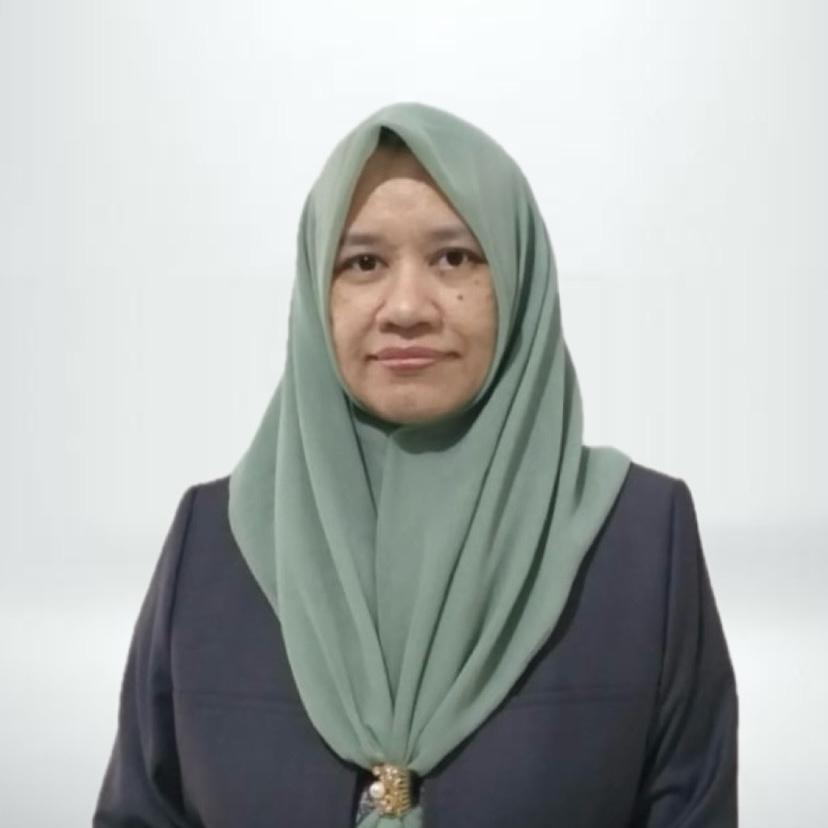Publication Ethics Author Guidelines Focus and Scope Publication Frequency Peer Review Process Peer Reviewers Open Access Policy Archiving Copyright Notice Plagiarism Check Author Fees Deposit Policy ORCID ID Policy LIsence Term Generative AI Policy
Submissions
Submission Preparation Checklist
As part of the submission process, authors are required to check off their submission's compliance with all of the following items, and submissions may be returned to authors that do not adhere to these guidelines.-
As part of the submission process, authors are required to check off their submission's compliance with all of the following items. Submissions may be returned to authors that do not adhere to these guidelines.
- The submission has not been previously published, nor is it before another journal for consideration (or an explanation has been provided in Comments to the Editor).
-
The submission file is in Microsoft Word file format.
- The manuscript MUST NOT attaching the author's name, institutional affiliation, and e-mail address (in blind form). Make sure the detail of that information are completely filled in the metadata section.
- Authors are required to include a *phone number connected to WhatsApp* in author's metadata when submitting manuscripts to Baki journals. This will facilitate the follow-up process for journal publication
Copyright Notice
Authors who publish with Berkala Akuntansi dan Keuangan Indonesia agree to the following terms:
-
The journal allows the author to hold the copyright of the article without restrictions.
-
The journal allows the author(s) to retain publishing rights without restrictions
-
The legal formal aspect of journal publication accessibility refers to Creative Commons Attribution (CC BY NC SA)
![]()
BAKI (Berkala Akuntansi dan Keuangan Indonesia) is licensed under a Creative Commons Attribution-NonCommercial-ShareAlike 4.0 International License.


















